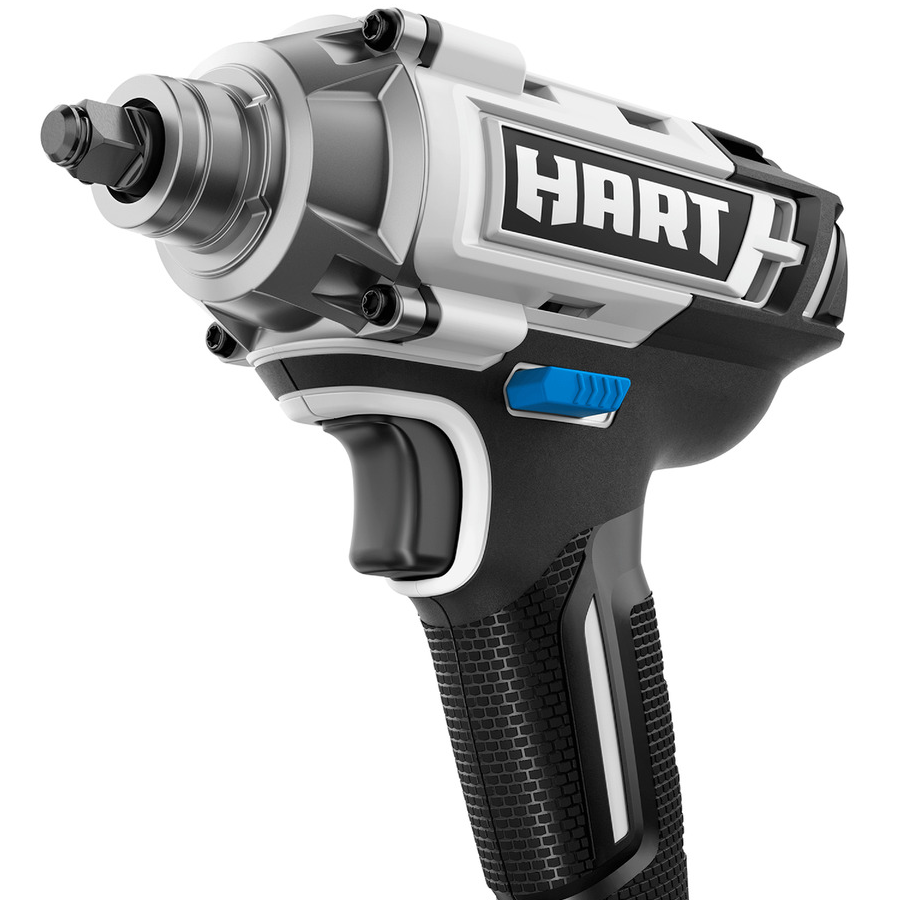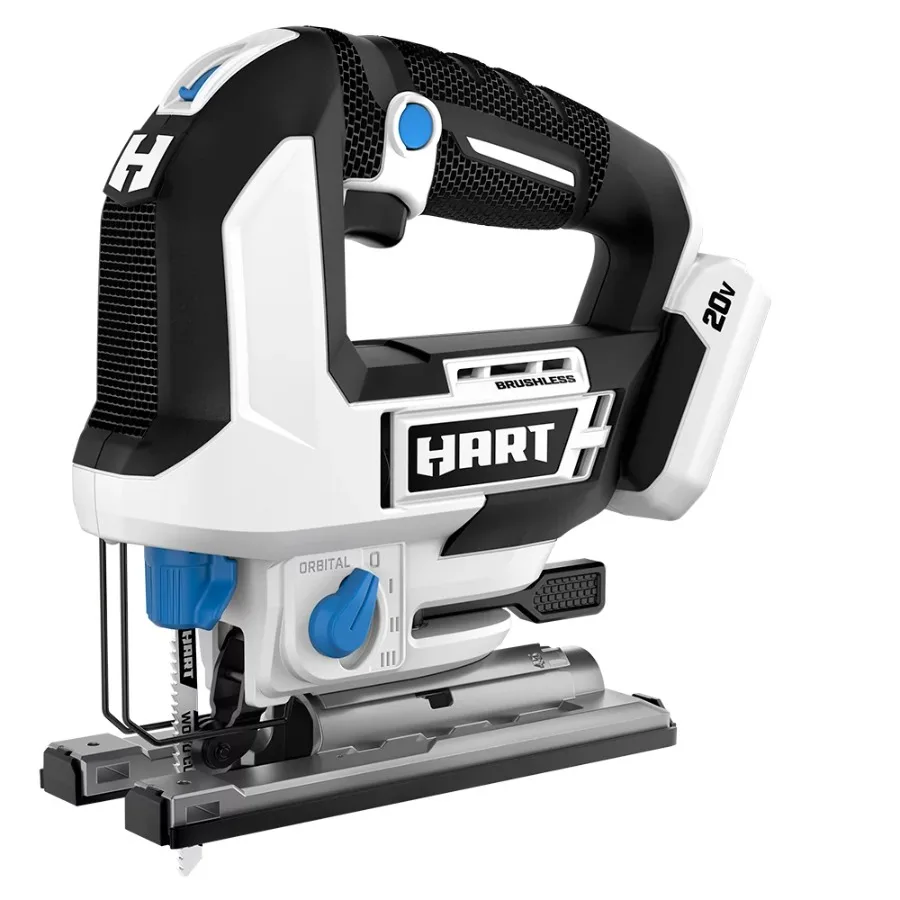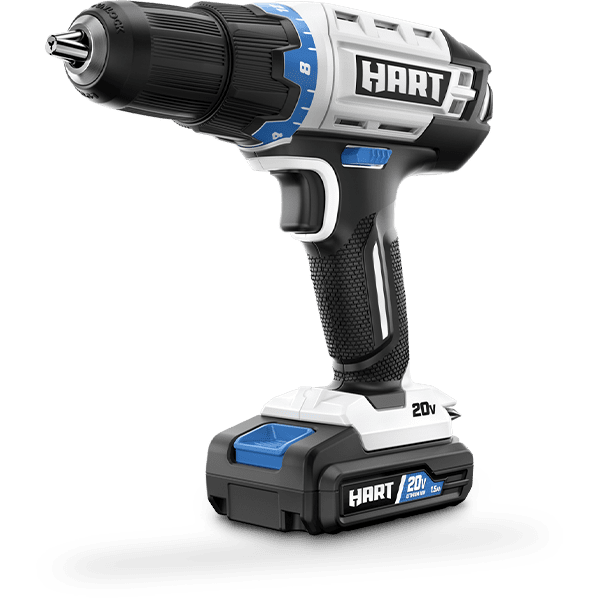In 2024, HART Power Tool Manufacturers have carved out a niche in the competitive landscape of power tools by offering a blend of performance, durability, and affordability. As a brand that caters to both DIY enthusiasts and professionals alike, HART boasts an extensive product line that encompasses cordless drills, saws, and a variety of outdoor equipment designed to empower users to tackle an array of projects with confidence. By combining user-friendly design with innovative technology, HART continues to build its identity as a go-to source for reliable tools that don’t break the bank. And solidifying its reputation in the realm of home improvement and construction.

The Corporate Narrative
Unveiling the Official Stance on “Who Makes HART Power Tools”
In the competitive world of power tools, brand reputation is built upon a foundation of transparency and credibility. For consumers evaluating HART Power Tool, understanding the entity responsible for their creation is pivotal. Where are hart tools manufactured? According to the official corporate narrative, HART Power Tools are proudly manufactured by HART Tools, a subsidiary of TTI (Techtronic Industries).
TTI is a global leader in power tools and equipment, overseeing a portfolio of brands, including Milwaukee, Ryobi, and AEG. Through this lens, HART Power Tools are depicted as products of industry expertise and cutting-edge technology, aligning with TTI’s commitment to quality and innovation. This official stance offers consumers insight into the organizational framework behind HART Power Tool, emphasizing a legacy of excellence and reliability.
Supply Chain Insights
Tracing the Production Journey of HART Power Tools
The creation of HART Power Tools involves a complex supply chain ecosystem, where various components and raw materials converge to form the final product. Unraveling this intricate web unveils a network of manufacturers and suppliers contributing to HART’s manufacturing process. While the final assembly may occur under the auspices of HART Tools, the individual components originate from specialized manufacturers across the globe. From precision-engineered motors to durable housings, each element undergoes rigorous scrutiny to meet HART’s stringent quality standards. This perspective highlights the interdependence of global supply chains, showcasing how diverse entities collaborate to create HART Power Tool, thus shaping their identity and performance.
Consumer Perceptions
Deciphering Consumer Beliefs on “Who Makes HART Power Tools”
In the realm of consumer perceptions, the question of “Who Makes HART Power Tool” extends beyond corporate narratives, resonating with trust and credibility. The brand identity of HART Power Tools holds significant sway in purchasing decisions for many consumers. While corporate narratives provide insight into the organizational structure, consumer perceptions often rely on subjective interpretations and anecdotal experiences. Through online forums, product reviews, and social media discourse, consumers share their beliefs and impressions regarding the makers of HART Power Tool. Whether attributing craftsmanship to specific regions or associating quality with established brands, consumer perceptions offer a nuanced understanding of the diverse narratives surrounding HART Power Tool, influencing market perceptions and brand loyalty.

Industry Insights
Analyzing Competitor Dynamics in the Power Tool Market
Within the fiercely competitive realm of the power tool industry, the inquiry into the origins of HART Power Tools assumes strategic importance. Amidst the battle for market dominance alongside entrenched rivals like DeWalt, Makita, and Bosch. And comprehending the intricacies of competitor dynamics illuminates the landscape of industry alliances and market positioning. While HART Tools operates under the broad umbrella of TTI, its distinct branding and unique product offerings carve out a distinct niche within the marketplace.
Examining competitor strategies provides valuable insights into the tactical maneuvers deployed by industry titans. And thus influencing consumer perceptions and shaping the broader market dynamics. Through a meticulous analysis of the competitive landscape, the identity of HART Power Tools emerges as a product not just of its corporate affiliations, but also as a response to the competitive pressures and strategic initiatives that define the power tool industry.
HART’s strategic positioning vis-à-vis its competitors dictates its approach to product development, marketing, and customer engagement. By closely monitoring the strategies of rival brands, HART can adapt and innovate, thus enhancing its competitiveness and solidifying its market presence.
Furthermore, understanding the competitive landscape allows HART to identify potential areas of differentiation and capitalize on market gaps. Whether through innovative product features, targeted marketing campaigns, or strategic partnerships, HART can leverage its unique strengths to gain a competitive edge in the marketplace.
Ethical Considerations
The world of power tools is vast and diverse, with numerous brands vying for the attention of consumers. HART, a prominent brand in this space, has seen significant growth and popularity. However, with the rise of any major corporate entity, several ethical considerations come into play. This part delves into the ethical facets concerning the manufacture, use, and broader impact of HART power tools. By examining these aspects, consumers and industry stakeholders can make more informed and responsible choices.
Environmental Responsibility
Sustainable Manufacturing Practices
The manufacturing of power tools involves extensive use of resources, including metals, plastics, and energy. HART has a responsibility to adopt sustainable practices to minimize its environmental footprint.
Resource Sourcing
- Ethical Mining: The extraction of raw materials should be conducted in a manner that minimizes environmental degradation. Ensuring that metals and other resources used in HART tools are sourced from mines that follow ethical and environmentally-friendly practices is crucial.
- Recycled Materials: Using recycled or sustainable materials in the manufacturing process can significantly reduce the environmental impact. HART can make strides by incorporating high percentages of recycled plastics and metals in their products.
Energy Consumption
- Renewable Energy: Manufacturing facilities should leverage renewable energy sources such as solar, wind, or hydroelectric power. Transitioning to green energy not only reduces carbon emissions but also demonstrates a commitment to environmental stewardship.
- Energy Efficiency: Optimizing manufacturing processes to be more energy-efficient can further reduce the environmental impact. This includes modernizing machinery, minimizing waste, and improving operational efficiencies.
Product Lifecycle and Disposal
The lifespan and disposal of power tools are significant environmental concerns. Proper management of these aspects can mitigate adverse ecological impacts.
Durability and Longevity
- Design for Durability: By designing tools that are durable and have longer lifespans, HART can reduce the frequency with which consumers need to replace their tools, thus minimizing waste.
- Extended Warranties: Offering extended warranties encourages consumers to repair rather than replace tools. And supporting a reduction in demand for new raw materials and minimizing waste.
End-of-Life Disposal
- Recycling Programs: Implementing take-back and recycling programs ensures that old tools are disposed of responsibly. HART can set up collection points or partner with recycling firms to facilitate proper disposal.
- Biodegradable Components: Where possible, incorporating biodegradable materials can help reduce the environmental impact when tools are discarded.
Labor Practices and Fair Wages
Ethical Labor Practices
Ensuring that all workers in the HART supply chain are treated ethically is paramount. This includes fair wages, safe working conditions, and respect for workers’ rights.
Fair Compensation
- Living Wages: Paying workers a living wage that meets the basic needs of individuals and their families is essential. HART must ensure that all employees, from factory workers to executives, are compensated fairly.
- Fair Increments: Providing regular and fair wage increments in line with inflation and employee performance helps sustain worker morale and loyalty.
Safe Working Conditions
- Workplace Safety: Ensure that manufacturing facilities adhere to stringent safety standards. Regular safety audits and prompt addressing of any safety concerns not only protect workers but also reflect positively on the company’s ethical standards.
- Health Benefits: Offering comprehensive health benefits and support programs ensures that workers are cared for, both physically and mentally.
Transparency and Accountability
Transparency in labor practices is key to maintaining trust with consumers and stakeholders.
Supply Chain Audits
- Regular Audits: Conducting regular audits of the supply chain ensures compliance with ethical labor standards. Independent third-party audits can provide an unbiased view of the labor conditions.
- Corrective Actions: When issues are identified, prompt corrective actions must be taken. Maintaining records and following up on these actions assures continuous improvement.
Public Reporting
- Sustainability Reports: Publishing regular sustainability and ethical practice reports can enhance transparency. These reports should detail labor practices, environmental efforts, and other ethical considerations.
- Stakeholder Engagement: Engaging with stakeholders, including employees, consumers, and advocacy groups, provides feedback and ensures the company remains accountable.
Consumer Safety and Product Integrity
Safe Product Design
Ensuring that power tools are designed with consumer safety in mind is a fundamental ethical obligation.
Rigorous Testing
- Quality Control: Implementing strict quality control measures at every stage of production ensures that only safe, reliable products reach consumers.
- Safety Features: Incorporating essential safety features such as automatic shut-off, non-slip grips, and protective guards minimizes the risk of injury.
Compliance with Standards
- Regulatory Compliance: Ensure all products comply with local and international safety standards and regulations. Regular updates to design and manufacturing processes should align with evolving safety norms.
- Voluntary Certifications: Pursuing additional safety certifications can provide consumers with added assurance of product safety.
Transparent Marketing
Honesty and transparency in marketing and advertising build long-term trust and credibility with consumers.
Accurate Product Information
- Clear Instructions: Providing comprehensive, clear, and understandable instructions helps users operate tools safely and effectively.
- Honest Advertising: Avoiding exaggerated claims and ensuring that all advertised features and benefits are accurate prevents consumer deception.
Customer Reviews and Feedback
- Feedback Mechanisms: Implementing robust mechanisms for collecting, analyzing, and acting on customer feedback ensures continuous improvement.
- Addressing Complaints: Proactively addressing complaints and concerns demonstrates a commitment to consumer satisfaction and ethical responsibility.
Social Responsibility and Community Engagement
Corporate Social Responsibility (CSR)
Engaging in socially responsible activities enhances a company’s reputation and contributes to community development.
Community Investments
- Local Partnerships: Partnering with local organizations and community groups can drive positive change. This could include sponsorships, educational programs, or infrastructure development.
- Charitable Initiatives: Regularly contributing to charitable causes, whether through financial support, product donations, or employee volunteer programs, reinforces social responsibility.
Environmental Initiatives
- Green Projects: Supporting environmental projects and sustainability initiatives reflects a commitment to the environment. This could include tree planting, conservation efforts, or contributions to renewable energy projects.
- Eco-friendly Campaigns: Educating consumers on sustainable practices and encouraging eco-friendly behavior through campaigns and initiatives fosters greater environmental consciousness.
Employee Engagement
Engaging employees in ethical and social responsibility initiatives enhances morale and loyalty.
Inclusive Work Culture
- Diversity and Inclusion: Promoting a diverse and inclusive work culture ensures a rich variety of perspectives and a more innovative, supportive environment.
- Employee Training: Providing regular training on ethical practices, sustainability, and social responsibility ensures that employees are aligned with the company’s values.
Volunteer Programs
- Corporate Volunteering: Encouraging and facilitating corporate volunteering programs where employees can contribute their time and skills to community projects strengthens community ties and enhances employee satisfaction.
- Matching Programs: Implementing matching gift and volunteer grant programs where the company matches employee contributions to charitable causes motivates greater participation.
Innovation and Ethical Leadership
Innovation for Sustainability
Green Innovations
- Eco-friendly Designs: Developing tools that are more energy-efficient and made from sustainable materials reduces environmental impact.
- Circular Economy: Innovating towards a circular economy model, where products are going to design for reusability and recyclability, can significantly enhance sustainability.
Ethical Leadership
Leadership plays a pivotal role in steering a company towards ethical practices.
Ethical Training for Leaders
- Leadership Ethics Training: Providing specialized ethics training for leaders ensures they are going to equip to make decisions that align with the company’s ethical standards.
- Mentorship Programs: Establishing mentorship programs where experienced leaders guide new leaders on ethical decision-making promotes a culture of integrity.
Ethical Decision-making Frameworks
- Ethical Decision Processes: Developing and implementing robust ethical decision-making frameworks ensures that all business decisions consider ethical implications and aim to maximize positive impacts.
- Stakeholder Consultation: Regular consultation with stakeholders in decision-making processes ensures diverse perspectives and enhances accountability.
Conclusion
The ethical considerations surrounding HART power tools are multifaceted. And encompassing environmental responsibility, labor practices, consumer safety, social responsibility, and innovative leadership. Addressing these considerations holistically ensures that HART not only delivers high-quality products, but also contributes positively to society and the environment.
By adhering to sustainable manufacturing practices, ensuring fair labor conditions. And designing safe products, engaging in social responsibility initiatives, and driving ethical innovation, HART can set a benchmark for ethical conduct in the power tool industry. Consumers, too, play a crucial role in this ecosystem by supporting companies that prioritize ethics and sustainability. Through collective efforts, we can foster a more responsible and sustainable future for the power tool industry and beyond.



